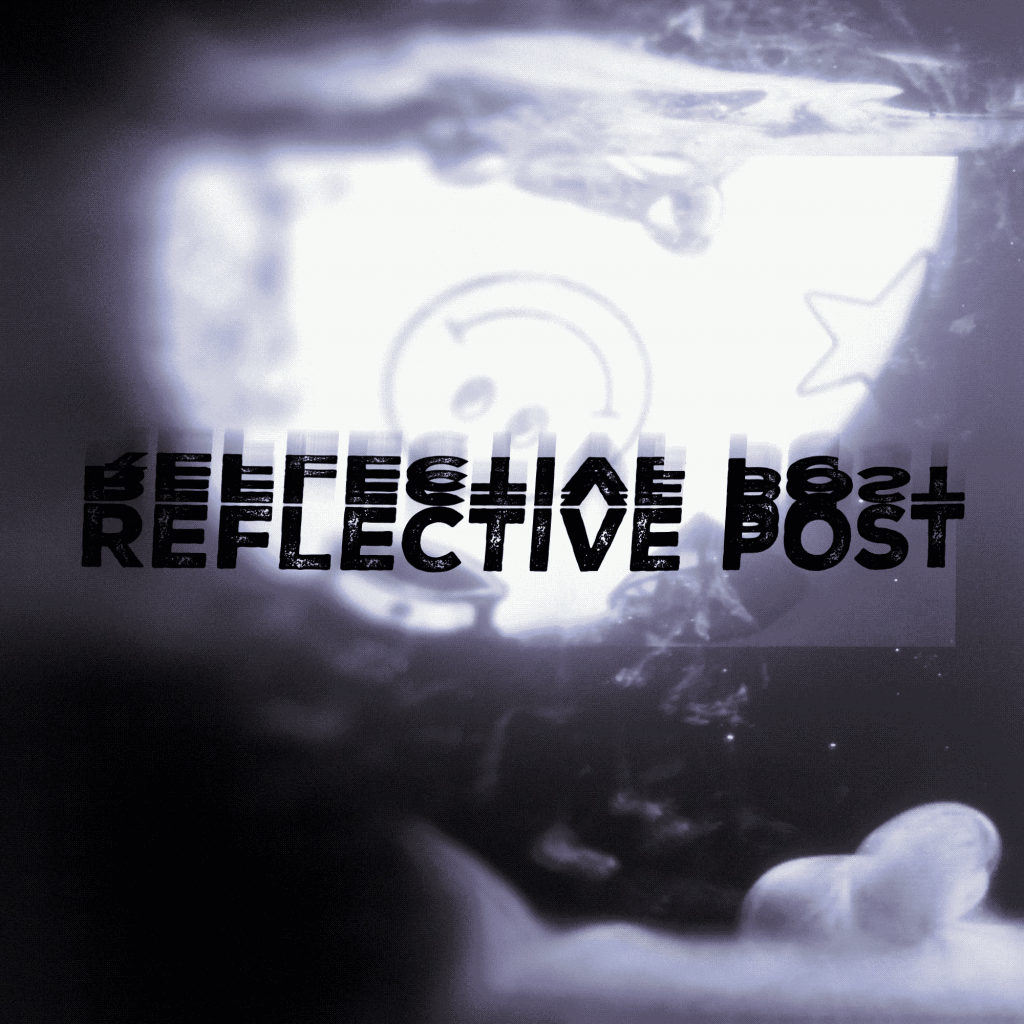In his highly influential 2014 blog post, Workflow/Rihanna (Shaviro, 2014), Steven Shaviro describes the evolution of traditional visual production effects via new digital workflows and describes their impact on the aesthetics of modern visual culture. As a specialist in videogames engines and their increasing use in Fine Art production, I have come to value the importance of identifying technical workflows as early in the pre-production stages of a project as possible. It is through workflows that we can understand the scope, success and execution of an idea.
Whilst working as Lead Specialist Technician on the Fine Art Computational Arts Course as Camberwell, I have been able to identify a range of commonly desirable technical workflows for student art production, that function alongside the requirements of the curriculum and available on-site tech resources.
To help students understand the concept of technical workflows and how to use them to plan projects efficiently, I have started to create the following resources that will be soon available via the FACA SharePoint:
- A visual road map (currently hosted on Miro) for the technical workflows required for learning specific technologies. This also factors in campus-wide technical departments and inductions in an attempt to make full use of the college’s technical resources.
- A visual road map containing example artworks and the technical workflows required to achieve them. This will also contain timelines for learning and skill level recommendations.
- A section in the FACA Technical Learning area on SharePoint containing information on the concepts of workflow planning including project management software systems such as Trello, Slack and Version Control.
- Working towards parity between the layout and composition of departmental technical resources and the workflows depicted in these guides.
So far I have found the approach of creating a workflow centred framework for technical learning and resources, creates guide rails in a field that can quickly become overwhelming for students and particularly those with neurodiversity. Planning complex technical projects around Fine Art subjects that are often highly philosophical and subjective, is often at odds with traditional planning methods. That’s why I also believe that visual planning is an important component in building technical workflows for art making.
References.
- Shaviro, S. (2014). Workflow/Rihanna. The Pinocchio Theory Blog. http://www.shaviro.com/Blog/?p=1215


Leave a Reply